|
Do you have a book in you?
If you've ever wanted to write a book, you can find out a bit about my odyssey to becoming an author in this podcast. I am immensely grateful to Carly Kade for having me on her show and for being such a gracious and perceptive host. I love what Carly does for the equestrian author community 🐎❤📖🎧. Friends, click on the picture below to access this and many other interviews about horses, writing, publishing and marketing your own book. #authorsunite To Plait or Not to Plait - an excerpt from "Winning Horsemanship. A Judge's Secrets And Tips For Your Success" by Joanne Verikios There are many ways to present your horse’s tail and mane at showtime, from au naturel to pulled, plaited, banded or braided; hogged and taped like a polo pony; or beribboned and decorated with flowers, ears of wheat and bells like a draught horse. Much depends on the event and the breed. After that, it’s down to your own skills, time available and personal preferences. During the 2015 Australian Warmblood Horse Association Assessment Tour, Silvia Ahamer demonstrated how a plaited tail can constrict a horse’s movement – a revelation for the owners and a godsend for several horses when their tails were set free! In their guidelines, the AWHA actually recommends that tails not be plaited and that plaits, if used, be loose. Nevertheless, some people did present their horses plaited up to the nines, which let us see quite a few before and afters because everybody accepted our suggestion to un-plait. I remember a ridden mare who held her tail clamped down and to one side with it plaited. Then you could see her centring her tail and relaxing her back when the plaits came out and suddenly she moved a whole lot better. It made me uneasy to think of all the tails I have plaited in the past. I probably even wondered why the poor horse “didn’t go as well as he did at home”. These days, I would definitely opt for other methods of neatening the top of the tail if required, or simply accept that horses have tails and it is alright to present them in all their glory. TIP: If you opt to plait, always ease the dock into its natural curve when you have finished. Taking thicker sections of tail may be more comfortable for the horse than the very fine strands that are often seen. Think basket weave rather than birdcage. If the mane is to be plaited, it is customary to have an uneven number of plaits along the neck. The forelock is usually plaited but may be left loose for most events. Manes may not have such a big effect on movement because the spacing of the plaits allows for flexion of the neck, but I am sure that if some hairs were pulling badly it could impact on a horse’s attitude, so do not plait so tightly. TIP: Experiment ahead of time with all your grooming enhancements, including how many and what kind of plaits you will have, then stick to your plan on show day. If you enjoyed this post, you might also like Horse Clipping Tips and Manes, Beards and Whiskers - To Trim Or Not To Trim.
Feel free to LIKE & SHARE! By Joanne Verikios with Tom Melby The wonderful folk at Clippers Ireland really care about the results their customers get when using the clippers they sell for dogs, horses, sheep and cattle. So much so that owner and director of online retailer Clippers Ireland, Tom Melby, has created an excellent easy-to-follow infographic on Horse Clipping 101. For some horse owners, clipping is an essential activity, but one which takes a little time and practice to master. Of course, having the right tools for the job and knowing:
According to Tom, depending on the personality, experience and activity of your horse, clipping can be straightforward or tricky. A young, nervous horse is likely to be apprehensive about being clipped, so the procedure for them will differ from clipping a seasoned competition horse. "Clipping benefits your horse for health reasons as well as visual embellishment", says Tom. "While the horse will look resplendent after clipping, this activity is even more relevant for removing fleas or dirt from the horse’s coat while also helping it to dry quicker. In winter months when the risk of colds or colic are heightened, a suitable coat or rug can be quite timely.". Tom also notes that some areas of a horse will be more difficult to clip, even on horses that are relaxed. The inside, back and bottom of the ears tend to be the trickiest parts, and it’s important to hold the ear correctly for best results. If you’re clipping the horse’s elbows, try to have someone with you who can pull the front leg forward from behind the knee, and be very careful here as the skin is often at its thinnest around the elbows. For further advice on how to give your horse a neat, comfortable clip, read the infographic below from Clippers Ireland. EXPERT CLIPPING TIP 1: As it says in the infographic, a horse to be clipped must be very clean and his or her coat must be totally dry, so plan ahead and allow plenty of time. Have a suitable rug ready to compensate for the loss of the horse's natural insulation. Further reading: Manes, Beards & Whiskers: To Trim Or Not To Trim
... The above is an excerpt from my book Winning Horsemanship. A Judge's Secrets and Tips for Your Success. And yes, I admit I have shaved the whiskers on my horse's muzzle in years gone by. That was before I knew better. I would not do it now, any more than I would cut a cat's or dog's whiskers! This original article by Joanne Verikios was first published in Equestrian Country Magazine, Issue 3, Spring 2017 as "Have Clipboard Will Travel - What Happens On Tour!" (All photographs courtesy of Eric Lloyd Photography) You may have heard of the annual Assessment Tours which feature on the calendars of several of Australia's Warmblood breed associations and societies. In its simplest form, a Tour is a benchmarking opportunity which is relevant for Warmblood owners, riders, potential buyers and especially for breeders.
As Warmblood breeding has matured in Australia, the breed administrators here have sought to provide a similar service to the European Keurings and other well-regulated events like Mare Grading, Foal Branding, and Regional Foal Shows. Faced with the huge challenges of distance and diversity of facilities posed by this country, however, they have wisely decided to take the judges to the horses, rather than the other way around. Perhaps the simplest analogy is that a Tour is a bit like a huge breed show, except the judges do the travelling instead of the exhibitors. |
From a very early age I have been able to tune in to what horses and ponies were thinking and what they were likely to do next.
Archives
September 2020
Categories
All
|

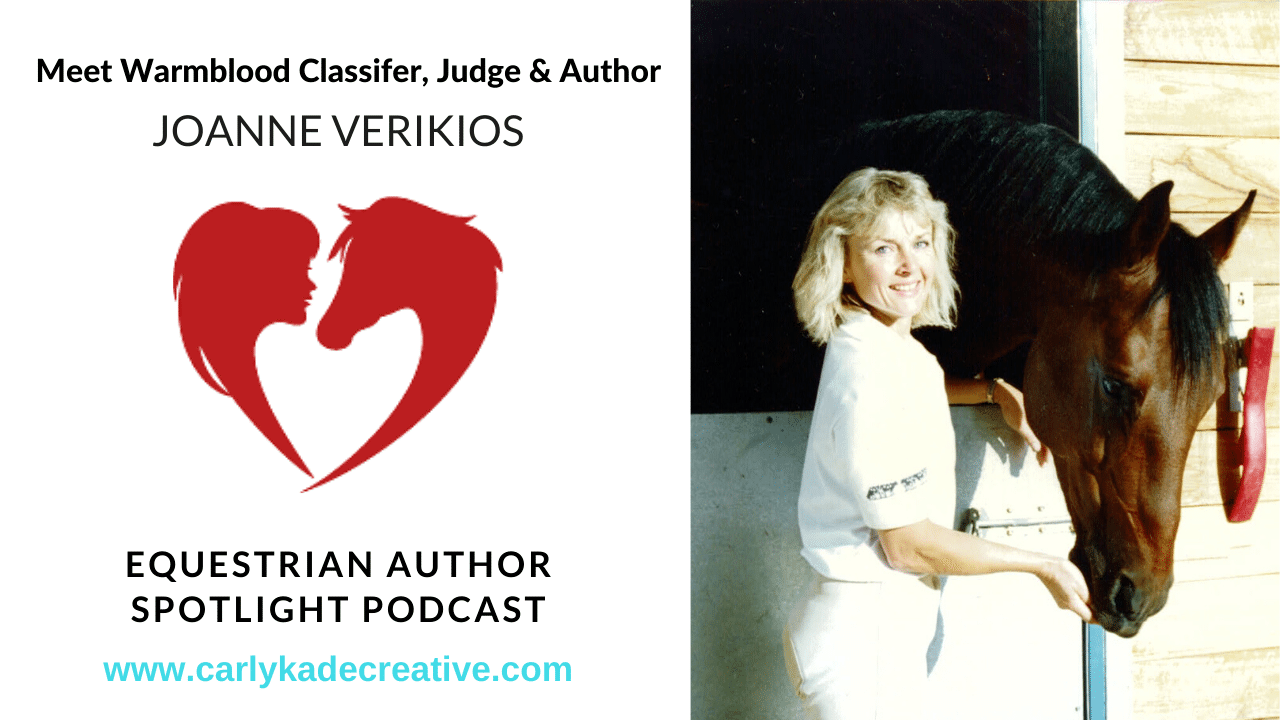
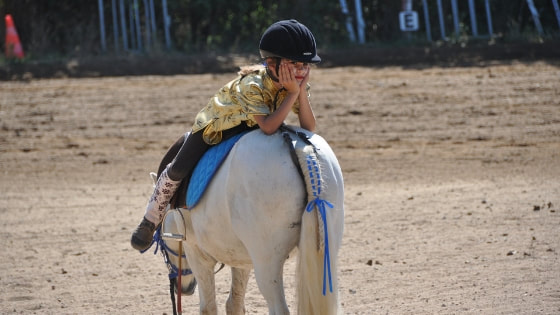

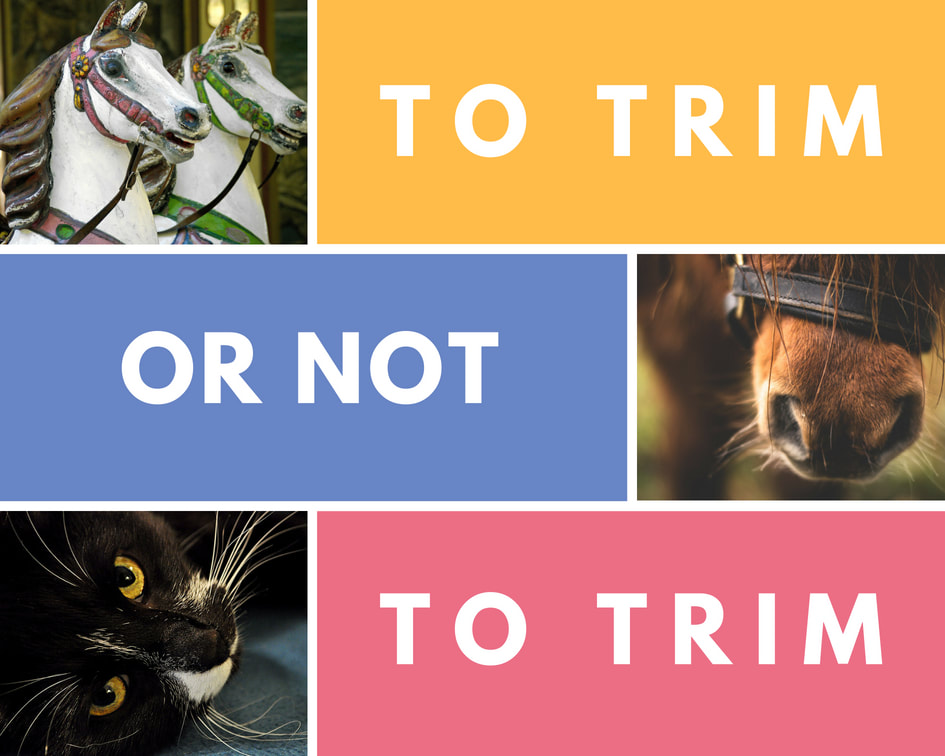
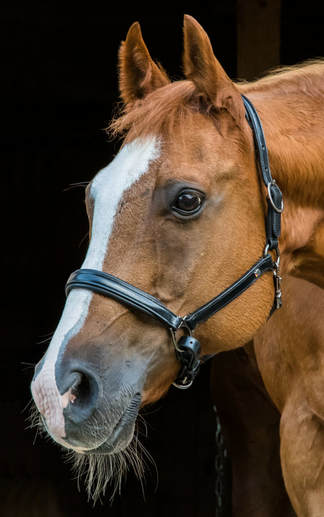
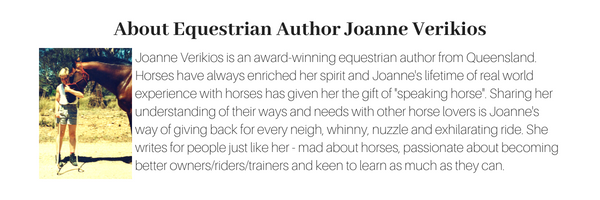
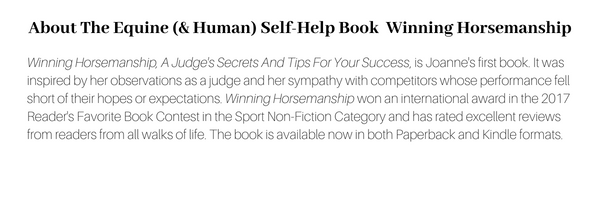
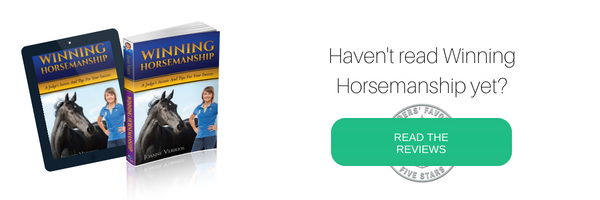
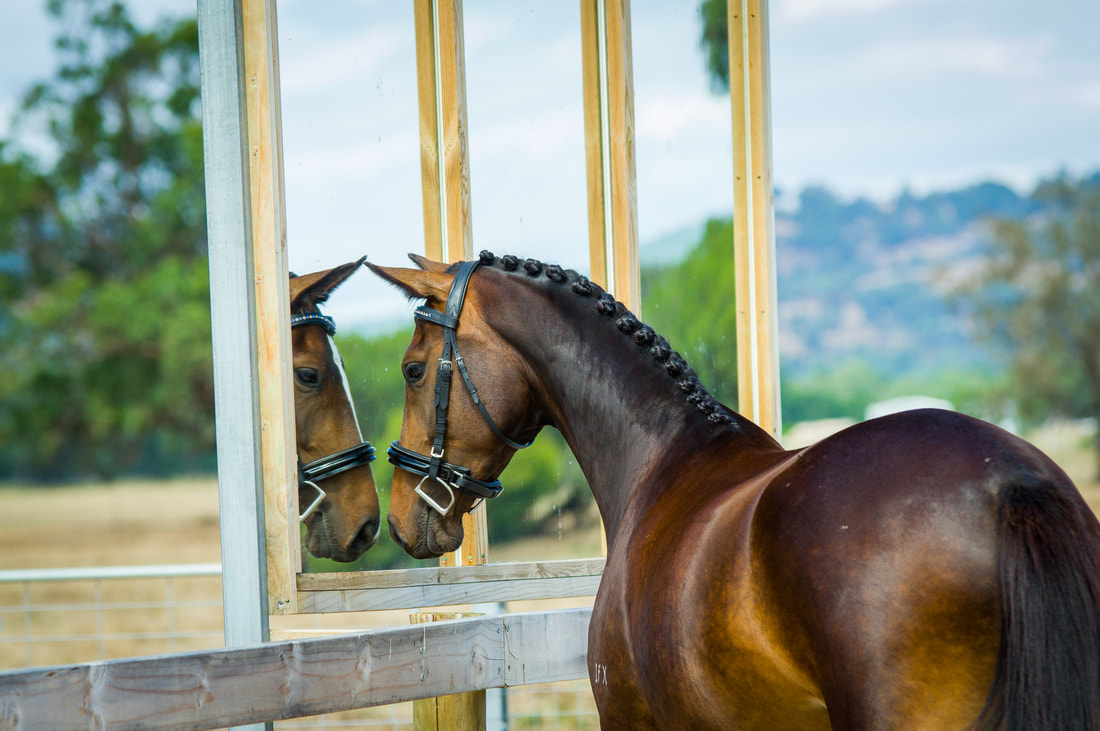

 RSS Feed
RSS Feed